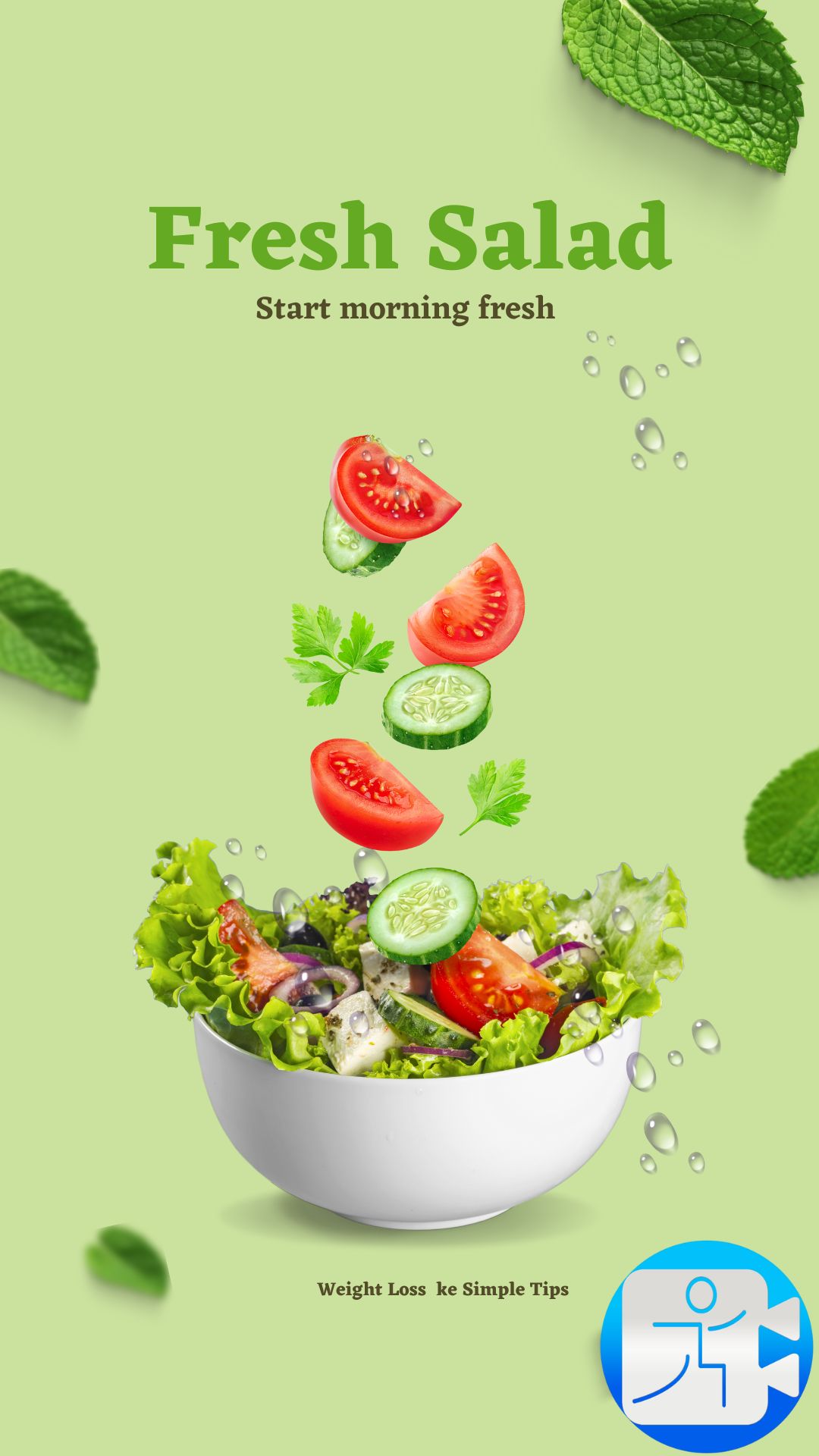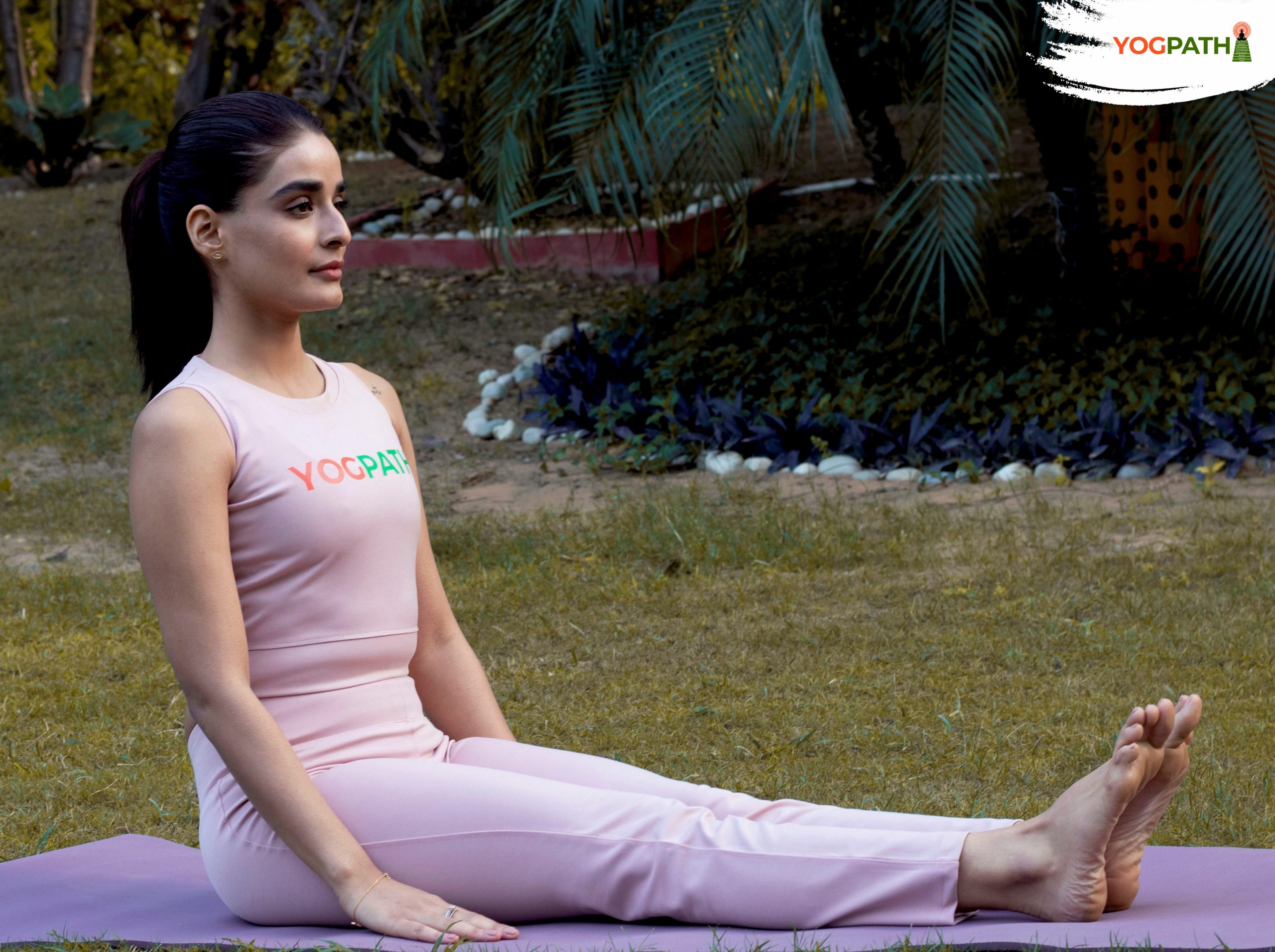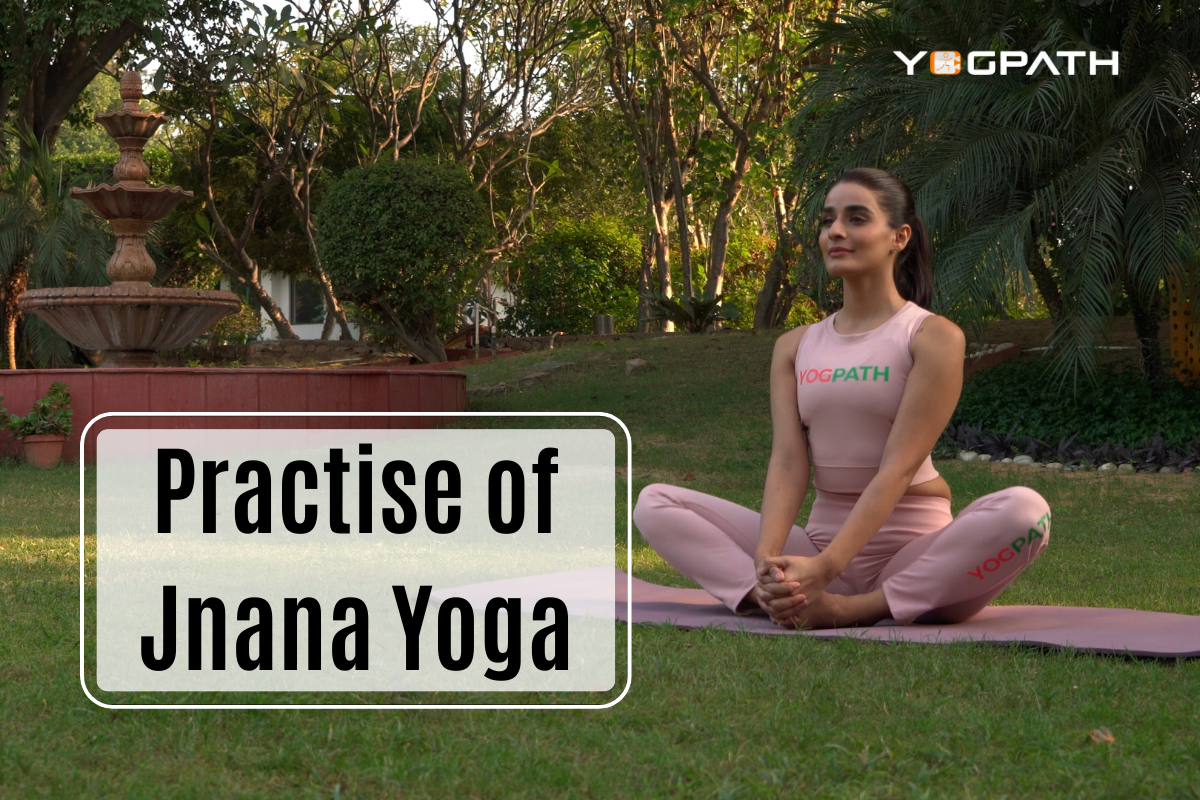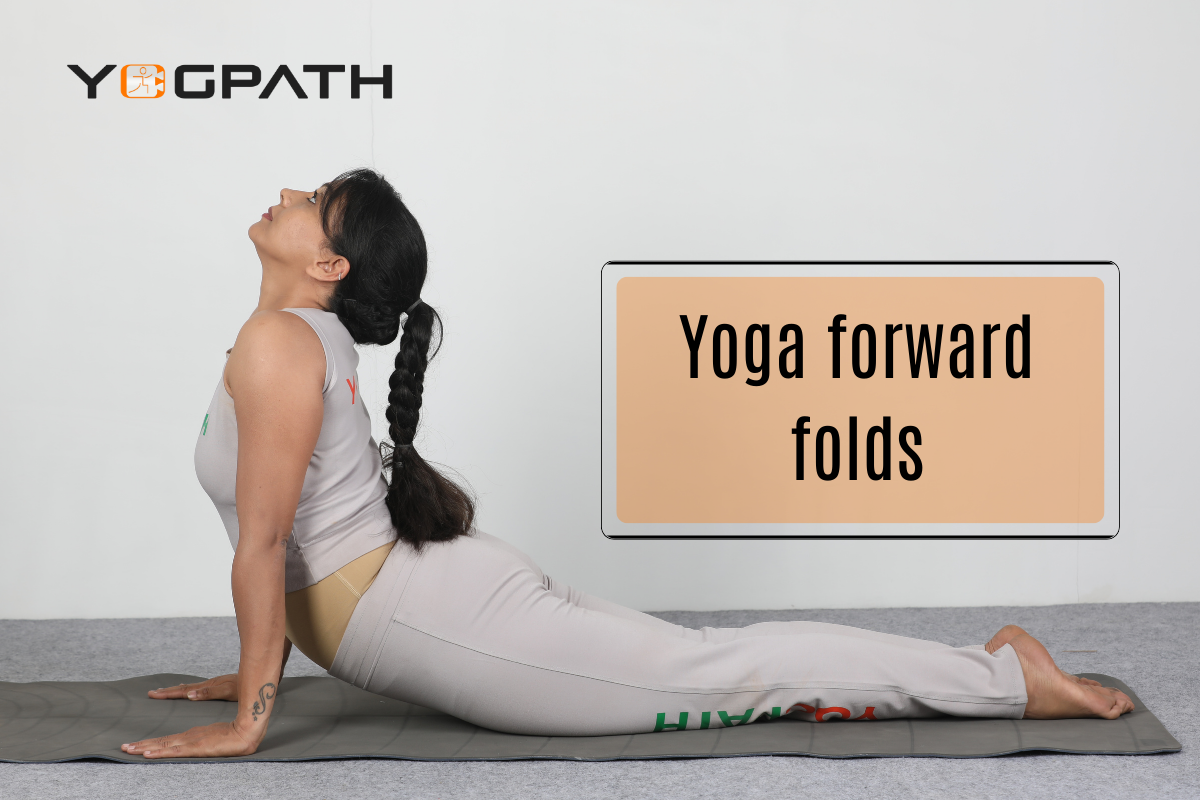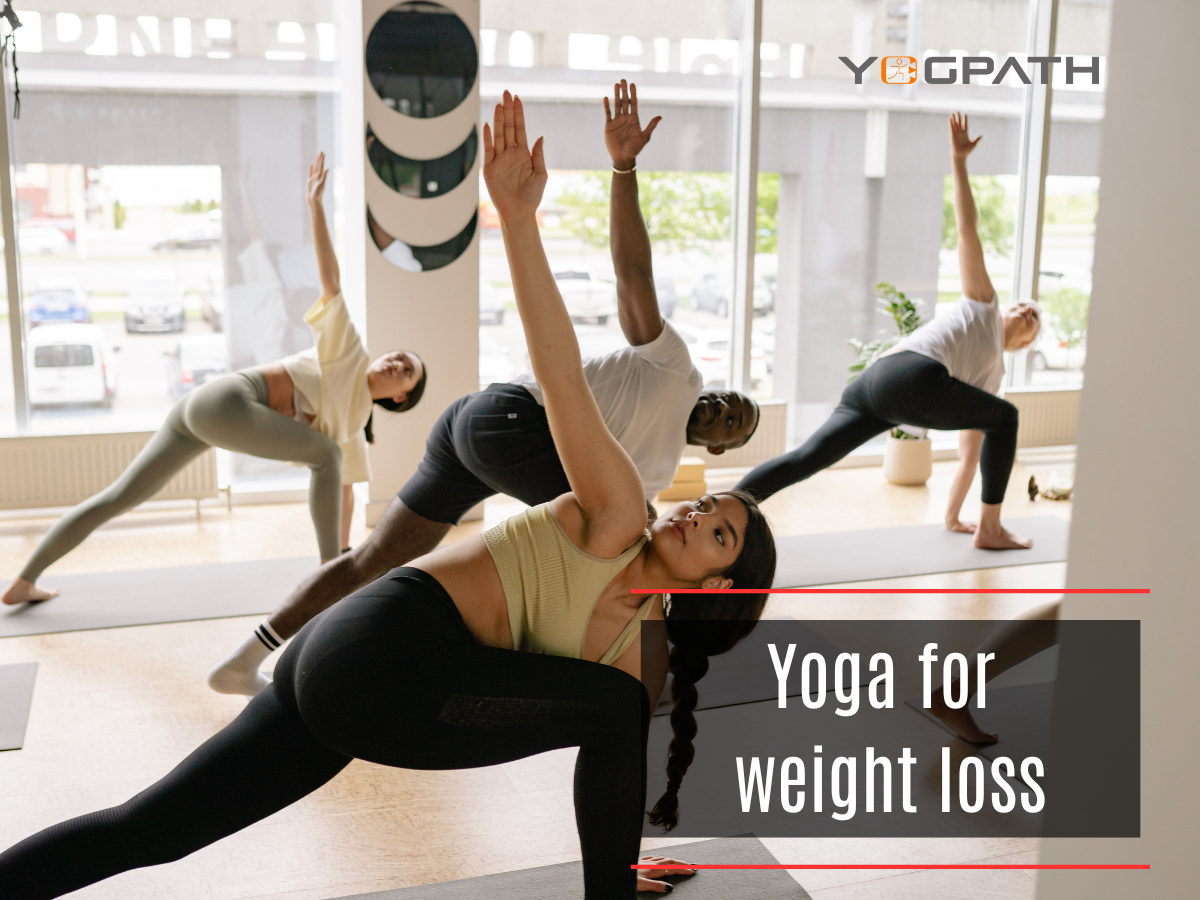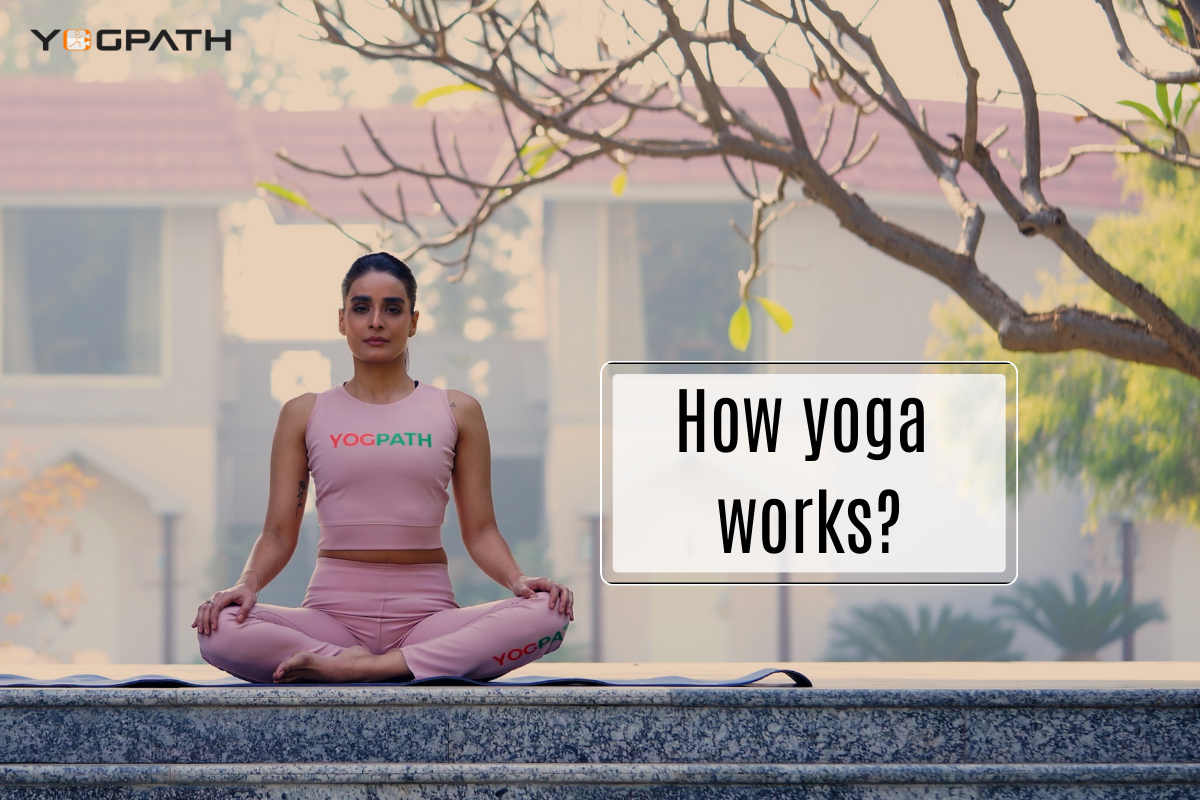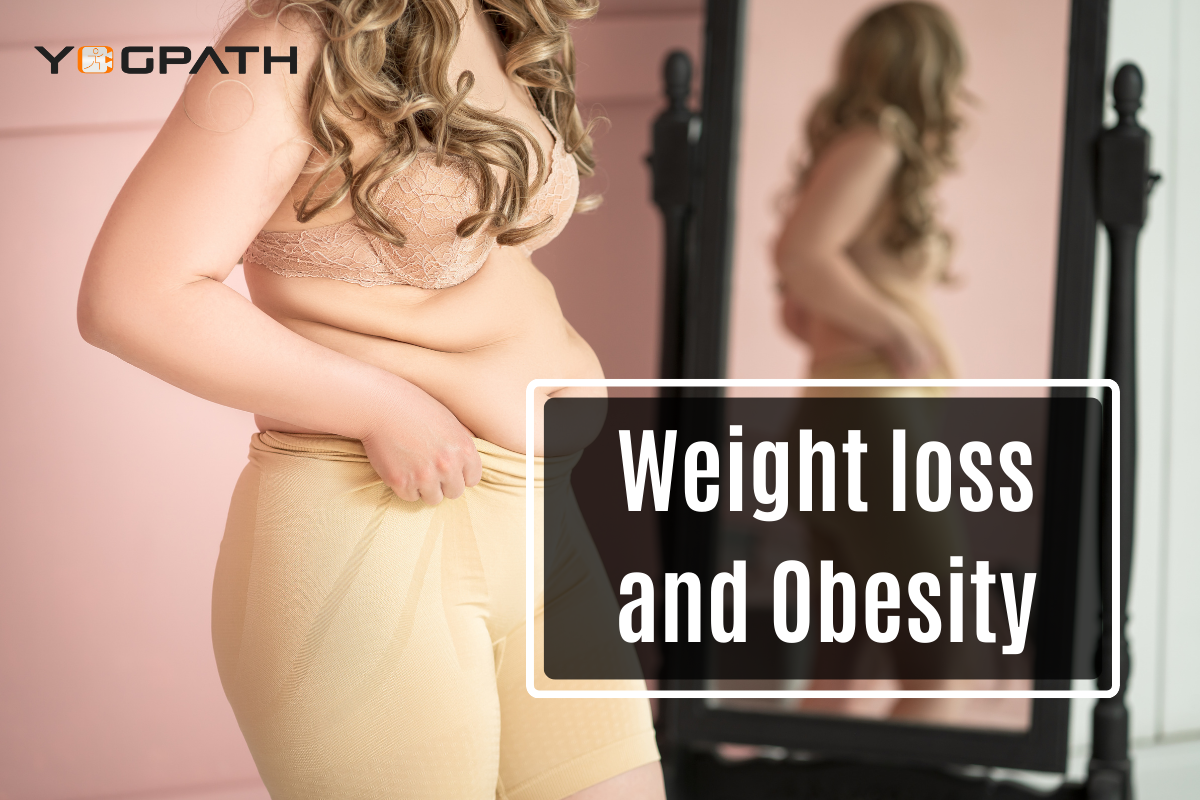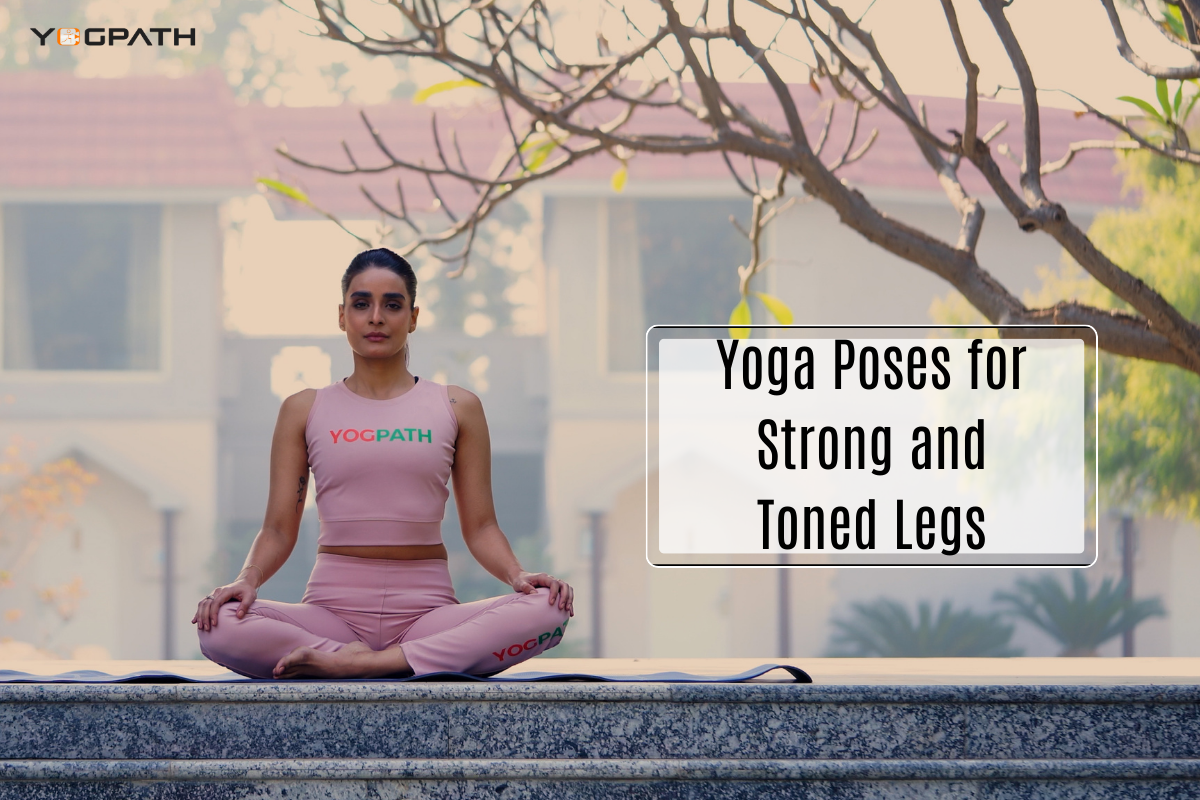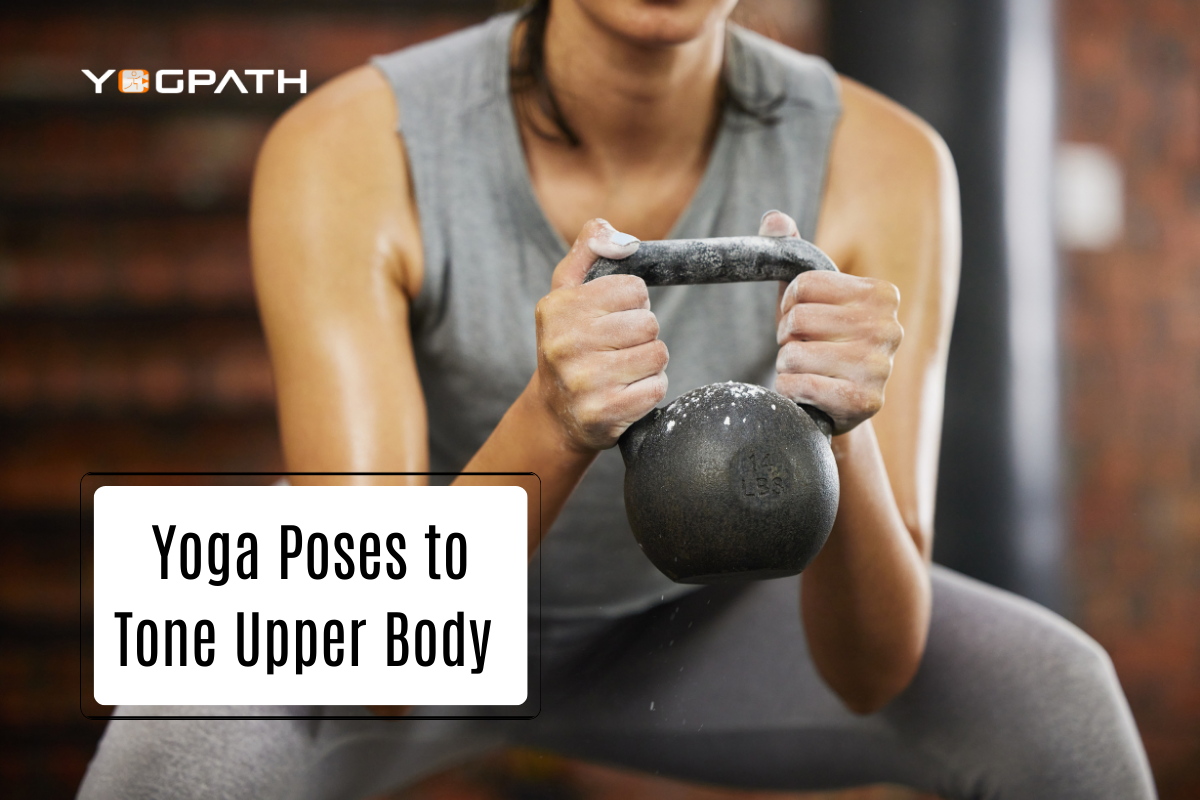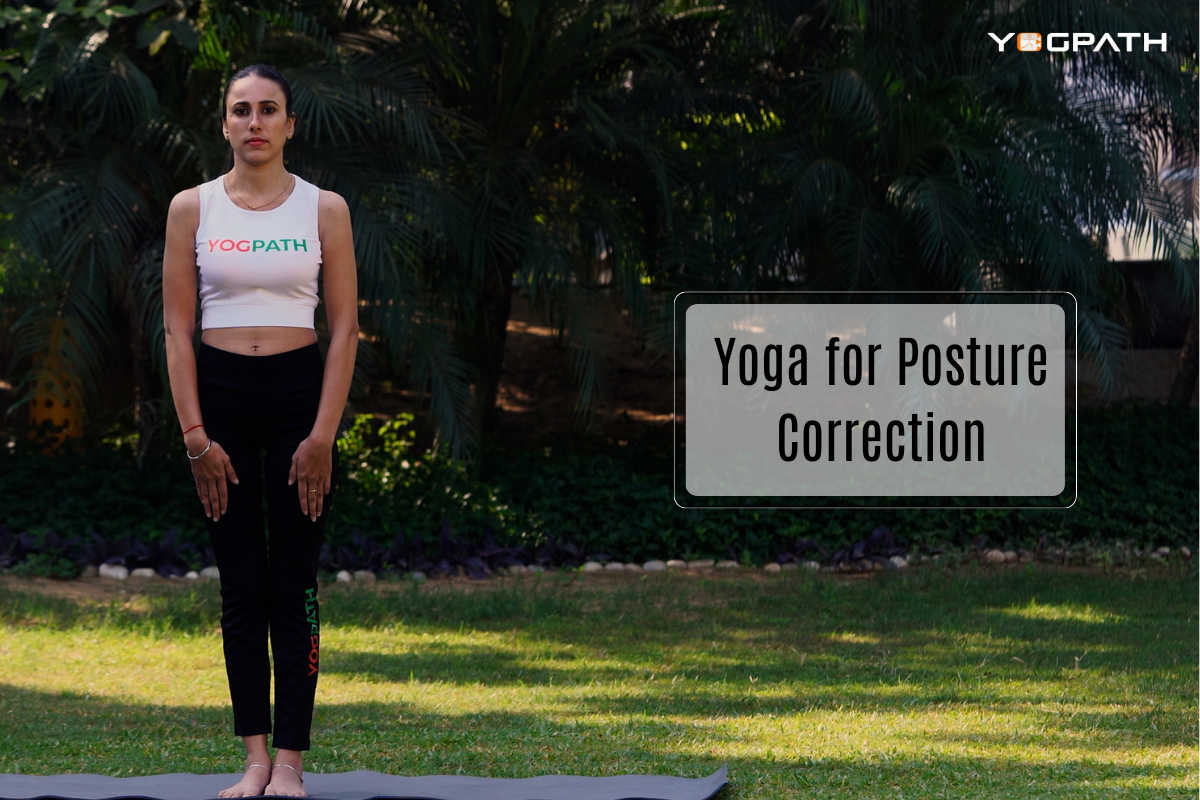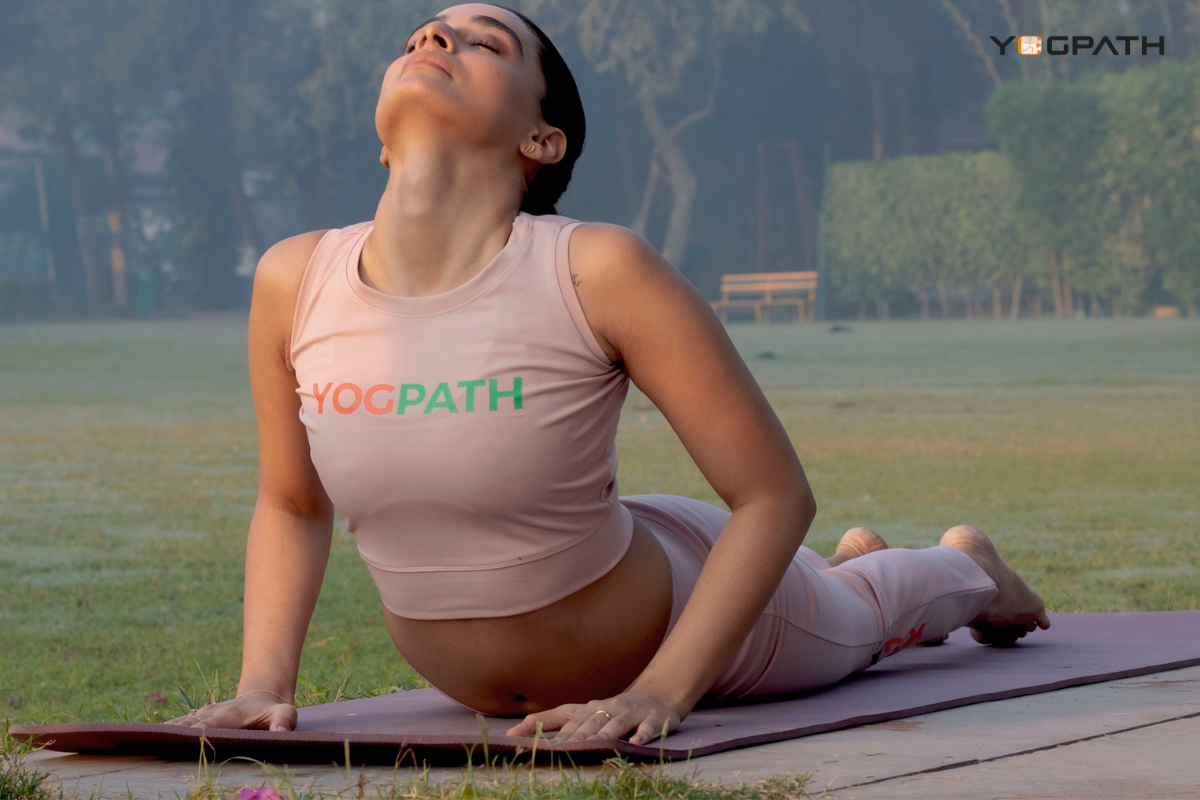
It has been shown that yoga is a helpful method for managing chronic illnesses as well as chronic pain and stress. There are so many positive effects on one’s body that it would be difficult to list them all. You may benefit from yoga by increasing your flexibility, strengthening your core muscles, building your endurance, and lowering your stress levels. The practice, in particular, has been shown to provide several health advantages unmatched by any other activity. Person’s strength, flexibility, balance, mobility, and stamina may all improve with regular practice. Other benefits include mental clarity and stress relief. It is necessary to practise for its health advantages to improve your mobility and live a longer life.
Physical benefits stem from the practice’s emphasis on breathing exercises. The aim is to help you focus on your present moment while simultaneously enhancing your ability to regulate your breathing. This kind of exercise not only reduces stress but also stimulates the production of feel-good chemicals like endorphins and epinephrine. It has also been stated that it may increase your mobility and lower your risk of developing high blood pressure.
In most cases, the first indications of ageing did not appear until a person was in their early to middle 30s. Stress may be a trigger for chronic illnesses such as diabetes, cancer, and dementia. Although ageing is often cited as a source of stress that leads to subsequent diseases, stress itself can also cause these conditions. Because it is so essential to pay attention for health, we are going to discuss both mental and physical health, as well as the reasons why fitness-centred yoga will benefit you long after you have completed your favourite yoga postures.
Does Yoga Improve Health Quality or Length of Life?
One of the most crucial steps toward a healthier life is committing to a regular yoga practise. By reducing stress, increasing blood flow, decreasing obesity, and enhancing sleep, yoga has been shown to have positive effects on ageing.
What’s more important, living longer or living better?
Increasing years or improving quality of life? Which do you value more, and why? The negative impacts of ageing on “mood, physical status, and social activities, cognitive behaviour, and perceived sensation and thought processes.” The quality of one’s life and one’s potential lifespan are both affected by these challenges and dramatic shifts. The solution to these issues, assert several scientific studies, is a regular practice and other forms of physical activity.
Whether you practise every day or have just attended your first session, you’ve certainly seen some benefits: a calmer mind, better sleep, or greater energy. Western science is learning about yoga’s advantages on longevity and life span. Here are 12 advantages that encourage longevity and healthy life.
Protects cartilage and joints
It helps cartilage get new nutrients, avoids wear and tear, and protects underlying bones. This reduces arthritis and disability.
Improves bone health
Yoga’s weight-bearing poses help prevent osteoporosis by strengthening bones. Yoga strengthens osteoporotic arm bones. This enhances bone density, according to research.
Boosts circulation
Yoga increases circulation. Relaxation improves circulation, movement oxygenates cells (which improves their function), twisting provides newly oxygenated blood to organs, and inversions redirect blood flow from the lower body to the brain and heart. Yoga boosts red blood cell haemoglobin, preventing blood clots, heart attacks, and strokes.
Lymph and immune system cleansing
Yoga drains lymph, helping the body fight infection, kill sick cells, and eliminate toxins. Meditation boosts the immune system when required (e.g., in reaction to a vaccination) and lowers it when needed (i.e. mitigating an inappropriately aggressive immune function in an autoimmune disease like psoriasis).
Raise blood pressure
Power yoga may raise the heart rate to aerobic levels. Yoga lowers resting heart rate, boosts endurance, and improves oxygen absorption during exercise, according to studies. Pranayama, or “breath control,” allows people to work out with less oxygen, according to studies. Regular aerobic exercise reduces heart attack risk and alleviates sadness.
Regulates adrenals
Yoga decreases cortisol. High levels may impair the immune system and cause cognitive abnormalities. Excess cortisol causes depression, osteoporosis, high blood pressure, and insulin resistance.
Reduces glucose
Yoga decreases blood sugar and LDL cholesterol and raises HDL. Yoga lowers blood sugar by reducing cortisol and adrenaline levels, boosting weight reduction, and enhancing insulin sensitivity. Lowering blood sugar reduces diabetes consequences including heart attack, renal failure, and blindness.
Balance
Yoga enhances proprioception and balance. Balance may reduce falls. For seniors, this means greater freedom and delayed or avoided nursing home entrance.
Calms nerves and improves sleep
Modern stimulation may stress the neural system. Yoga and meditation promote going inward and removing stimuli, enabling the nervous system to rest and better sleep. This means you’ll be less exhausted, worried, and prone to accidents.
Lets lungs breathe
Yogis take fewer, deeper breaths, which is relaxing and efficient. Yogic breathing improves lung function, particularly maximal breath volume and exhalation efficiency, in persons with congestive failure. Yoga encourages nose-breathing, which warms and humidifies the air. This prevents asthma episodes and removes pollen, dirt, and other irritants.
Better digestion.
Yoga helps in digestion by exercising the body in ways that speed up bowel movements. Healthy digestion helps prevent colon cancer and digestive problems.
Promotes good self-care.
Yoga may increase self-care and healthy life. As yogis get more interested in their health, they realise they can make good changes and adopt healthier behaviours. Health impacts life expectancy throughout time.
4 Yoga Poses To Help You Live Longer
Deep Squat
The squat is a fundamental position because it works every muscle in the body. Lean back and sit up straight, keeping your chest out and your back flat. While the final position of the pose may take some time to achieve, perfect form is essential, so remember to maintain your heels down throughout the process.
Lizard Pose
Essentially a deep squatting lunge, this is a powerful and grounding posture. If you spend most of your day sitting at a desk, this is a great way to loosen up those hip flexor muscles and relieve the associated muscular tension. This is a great position for your knees and back.
Side Angle
Starting from a Warrior Two position, with the front knee over the toes and the rear hip pushed forward towards the front hip, the groyne should be open. The entire position strengthens the core, assists with posture, and targets the shoulders.
Pigeon Pose
Pigeon promotes hip mobility, stretches the glutes, and helps the lower back relax. If you want to keep your back and hips flexible, this is a must-do stretch.
The advantages of yoga are real, and studies have shown that regular practise may help people live longer. Because of all you’ve learned here, you’ll be even more eager to roll out your yoga mat and start practising. Know that you’re making your body happy when you experience “post-yoga pleasure.”
